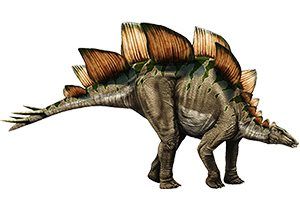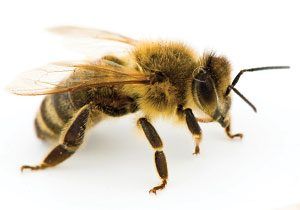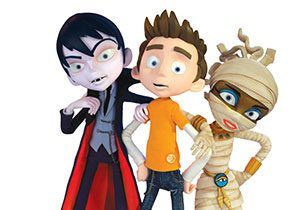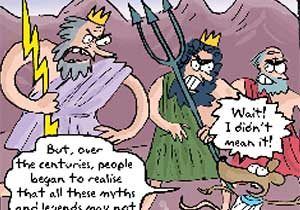
Dinosaur primary resource: Identifying species
Discover the characteristics of some of the most recognisable dinosaurs
This primary resource introduces children to seven different species of dinosaur. Discover the characteristics of some of the most recognisable dinosaur species. How large could a T-rex grow? Which dinosaur had the largest skull? How big did plant eaters need to be to survive in the ‘monkey’ puzzle forests?
Pupils will learn about the infamous T-rex, early clues for how the velociraptor lived — and how the man who discovered the species is thought to have inspired the character of Indiana Jones — in our National Geographic Kids’ dinosaur species primary resource sheet.
The teaching resource can be used in study group tasks for discussion about the shared characteristics of different dinosaur species and where these may have been passed on to later species. It could be used as a printed handout for each pupil to use for a case study about their chosen species of dinosaur from the seven presented, or for display on the interactive whiteboard for class discussion.
Activity: Ask children to use their individual print-outs to make flash cards about each species of dinosaur. Pupils could be divided into groups of seven, and each pupil assigned a flash card. As a class exercise, challenge pupils to answer questions by identifying themselves from their groups if they have the correct flash card (i.e. Can the dinosaurs named after Harry Potter’s School stand up; Stand up if your dinosaur eats the most flesh; Raise your hand if you think your dinosaur has the biggest skull, etc.).
N.B. The following information for mapping the resource documents to the school curriculum is specifically tailored to the English National Curriculum and Scottish Curriculum for Excellence. We are currently working to bring specifically tailored curriculum resource links for our other territories; including South Africa, Australia and New Zealand. If you have any queries about our upcoming curriculum resource links, please email: schools@ngkids.co.uk
This Science primary resource assists with teaching the following Lower Key Stage 2 Science (Year 3) objectives from the National Curriculum:
Pupils should be taught to:
- describe in simple terms how fossils are formed when things that have lived are trapped within rock
National Curriculum Upper Key Stage 2 Science (Year 6) objectives:
Pupils should be taught to:
- recognise that living things have changed over time and that fossils provide information about living things that inhabited the Earth millions of years ago
- recognise that living things produce offspring of the same kind, but normally offspring vary and are not identical to their parents
- identify how animals and plants are adapted to suit their environment in different ways and that adaptation may lead to evolution
- Building on what they learned about fossils in the topic on rocks in year 3, pupils should find out more about how living things on earth have changed over time.
This Science primary resource assists with teaching the following Sciences Second level objectives from the Scottish Curriculum for Excellence:
- I can identify and classify examples of living things, past and present, to help me appreciate their diversity. I can relate physical and behavioural characteristics to their survival or extinction
Download primary resource
More Like

Quiz Whiz: Dinosaurs

The big bug memory game!

Scream Street!









LEAVE A COMMENT
THANK YOU
Your comment will be checked and approved shortly.
WELL DONE,
YOUR COMMENT
HAS BEEN ADDED!
COMMENTS
wow
CUSTOMIZE YOUR AVATAR